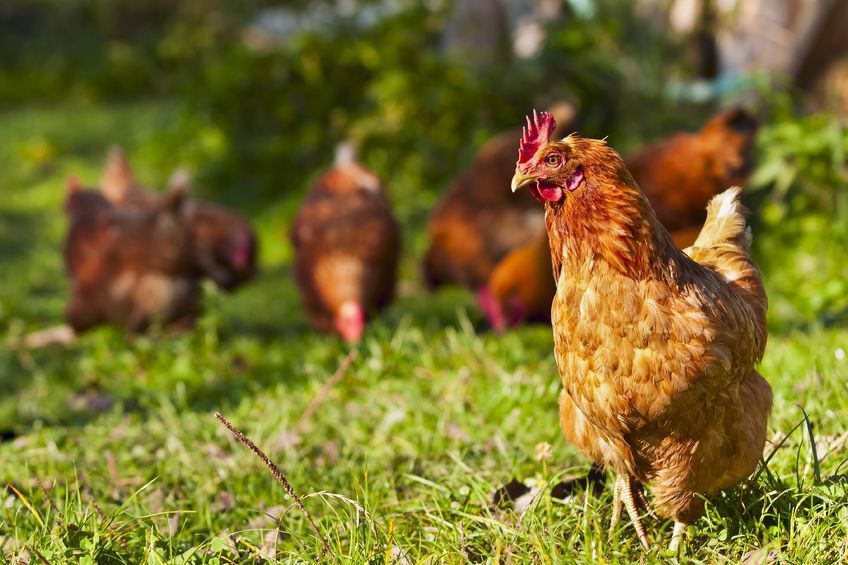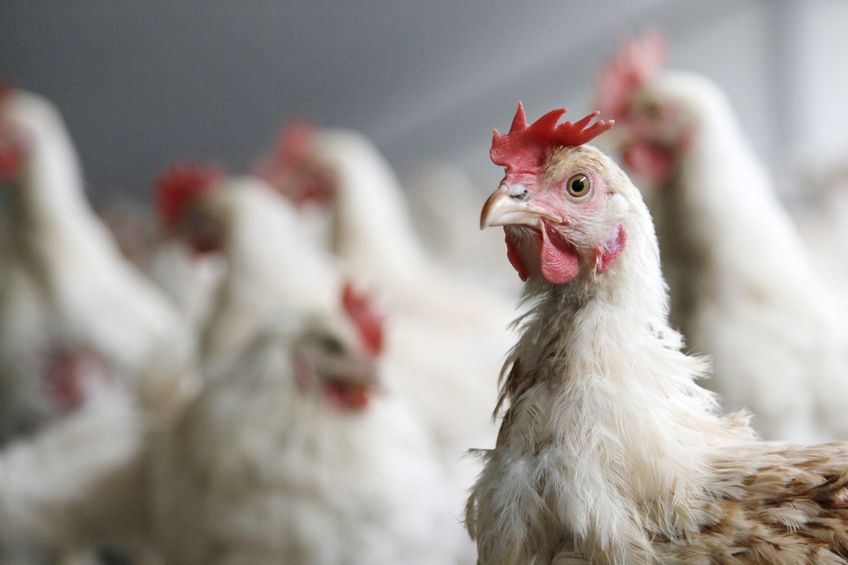
Poultry farm income fell 16 per cent to an average of £107,000 per business in 2016, according to latest statistics from the Farm Business Survey.
Falling broiler and free range egg prices hit bottom lines across the sector and forced businesses to take an even closer look at productivity.
Income for free range laying farms fell by 10% to average £34,000 per business last year, and broilers saw a similar hit to incomes, falling back 9% to average £348,000 per farm.
Yet the value of poultry products leaving farms hit £3.2 billion as farmers continued to increase output and efficiency.
Nationally, the free range laying sector saw egg prices fall by 11p to just 88p per dozen during the last financial year, according to Defra.
'Huge variety'
Rachel Lawrence from the Farm Business Survey explained that there is a 'huge variety' in prices received: “Producers seem to use a range of different marketing channels and we see variability in prices of up to 20% between producers.
“It’s also important to remember that national egg consumption actually increased by 2% last year, just as farm gate prices were falling.”
Broiler units were also hit by falling prices, with average broiler prices dropping by 23p per bird during the year. But farms responded by boosting productivity, output increased from an average of 7.2 to 7.4 crops of birds per year.

Across the sample huge savings were made as the feed bill per bird fell by 15% and producers cut running costs by 7%.
In particular, farms cut back on the labour bill, with lower spending on both permanent and casual staff resulting in a 19% reduction in total labour costs.
'Volatility is nothing new'
“This closer attention to spending, combined with higher throughput, has helped businesses to counter the worst of the falling prices,” explained Ms Lawrence.
“Lower input prices can also help to drive profitability, with our broiler producers being boosted by a fall in chick prices, which fell 8% over the course of the year.
“Volatility is nothing new to poultry producers, and something that farmers are becoming increasingly adept at handling. Over the last 10 years poultry farms have seen incomes fluctuate by up to 70%.
“Yet the national poultry flock is at its highest level in almost 10 years and consumer demand continues to increase; poultry now accounts for 42% of UK meat consumption and is a vital part of the UK agriculture sector; totalling 13% of gross agriculture output.
Ms Lawrence continued: “In this time period we’ve also seen farmers look to diversify their income streams. In 2016, 28% of poultry farm business income was from diversification, up from just 11% five years ago. Looking to the future the signs of a strong poultry sector are already there, the trend of diversification continues to bolster farm businesses.”
Most profitable
Poultry businesses also continue to be some of the most profitable in the farming sector says Ms Lawrence.
Ms Lawrence said: “The average poultry farm income in 2015/16 was £75,000 higher than the national farm average.
“And the proportion of loss making businesses is also a lot lower- just 8% of poultry farms lost money in 2016 compared to 22% of all farms nationally.
“The sector also represents some of the highest earning farms in the country; last year only 9% of farms nationally earned more than £100,000 compared to 28% of poultry farms.”
